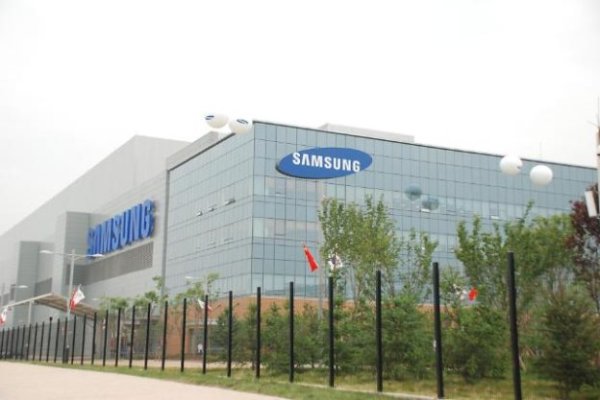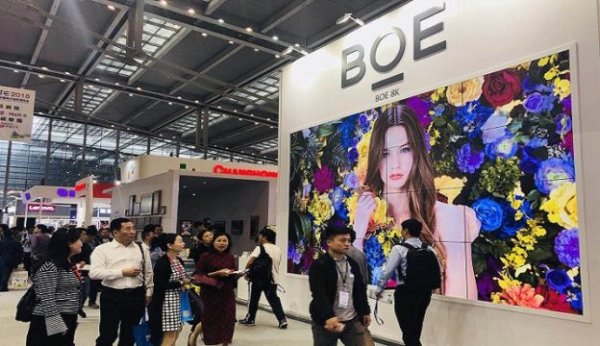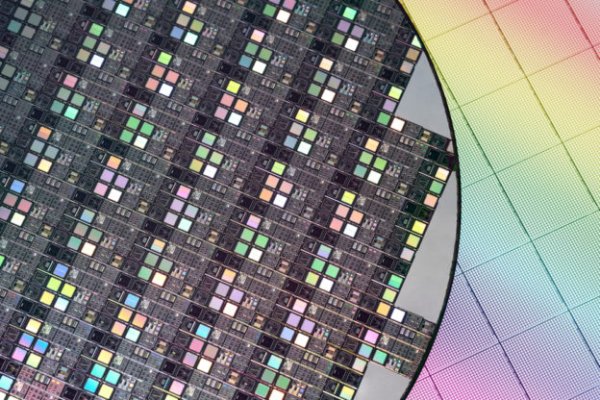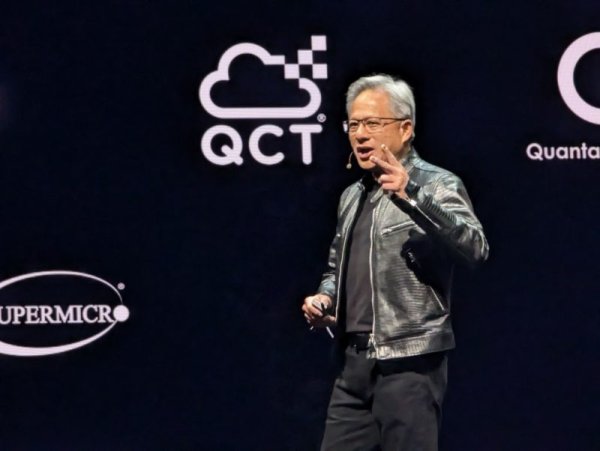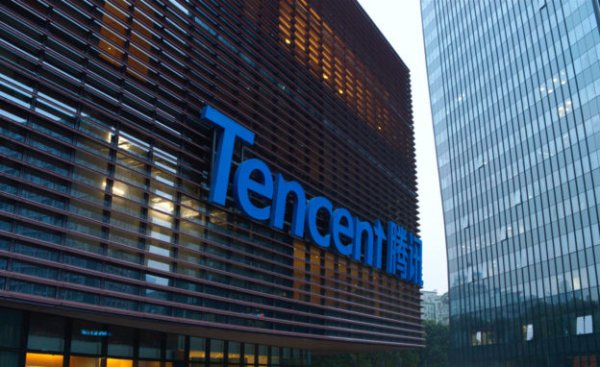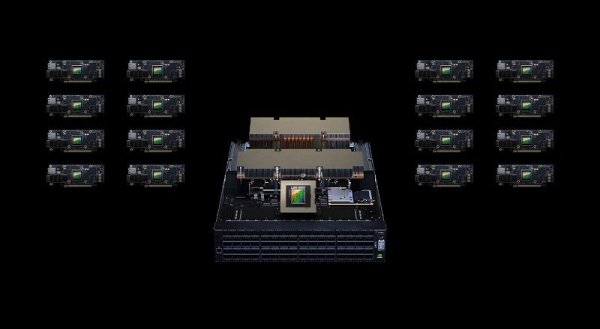Silicon photonic key technology: optocoupling, Taiwan factory layout
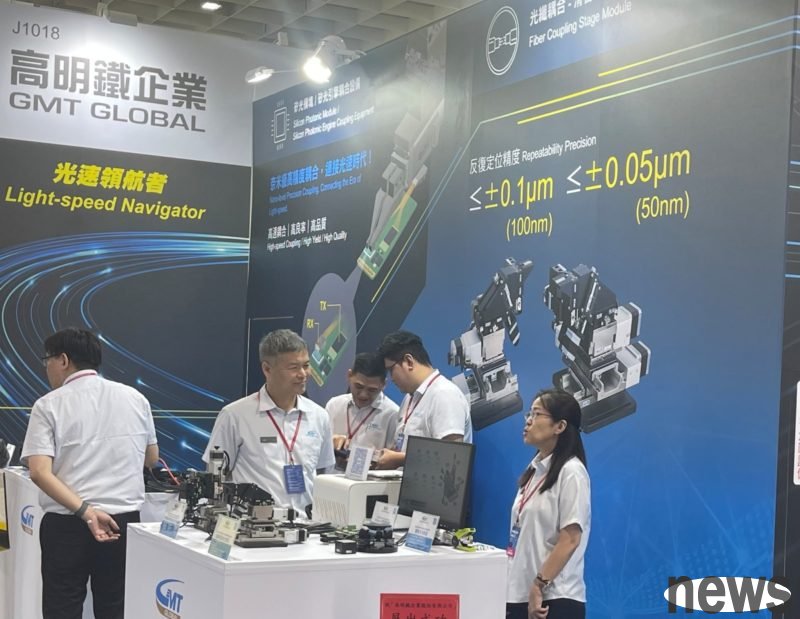
The optical system equipment factory Gaoming Iron displays the manufacturing process of optical communications in this automatic exhibition, hoping to supply chain key roles under the silicon photonic generation.
As AI server power consumption continues to rise and copper wire transmission gradually approaches the extreme limit, the concept of high-speed transmission using light to replace copper wire should be born, and the CPO (Co-Packaged Optics) architecture quickly floats on the surface. Integrating the exchange wafer with the optical engine on a substrate can greatly reduce transmission distance, thereby reducing power consumption and delay. To implement silicon photon transmission, "optocoupling" technology is indispensable.
What is optical coupling? It uses the measurement of light intensity to determine the optimal position, and the equipment monitors the weak signal while outputting the light source until the coupling point with the highest efficiency is found. So what's the difference between the light? The light alignment is completed in a simple alignment, and the process is fast, but it may not necessarily ensure the best light transmission effect.
The equipment in the exhibition area uses a small glass plate to simulate the optical communication element. After the light source is activated, the algorithm quickly searches the light spots. It takes only about 2 seconds to find the light, then accurately align it, and finally use UV curing glue to bond the light to the silicon photonic chip.
Although Ficontec, Germany, is one of the first equipment manufacturers to enter the silicon photonic field, has a deep technical foundation, its machine designs mostly tend to be standardized and standardized, and are relatively limited in flexibility. Gaoming Iron hopes to adjust the algorithm and process module according to different packaging needs through high customization capabilities, and design methods to increase supply chains.
According to SEMI, the global silicon photonic semiconductor market is expected to grow to US$7.86 billion from 2025 to 2030, with an annual synthesis growth rate of about 25.7%. Currently, NTU has completed a 1.6T optical engine and launched a 3.2T test; NVIDIA plans to launch the Spectrum-X silicon photonic exchanger in 2026, and is expected to further promote the growth of supply chain demand within the "optical coupling equipment".



